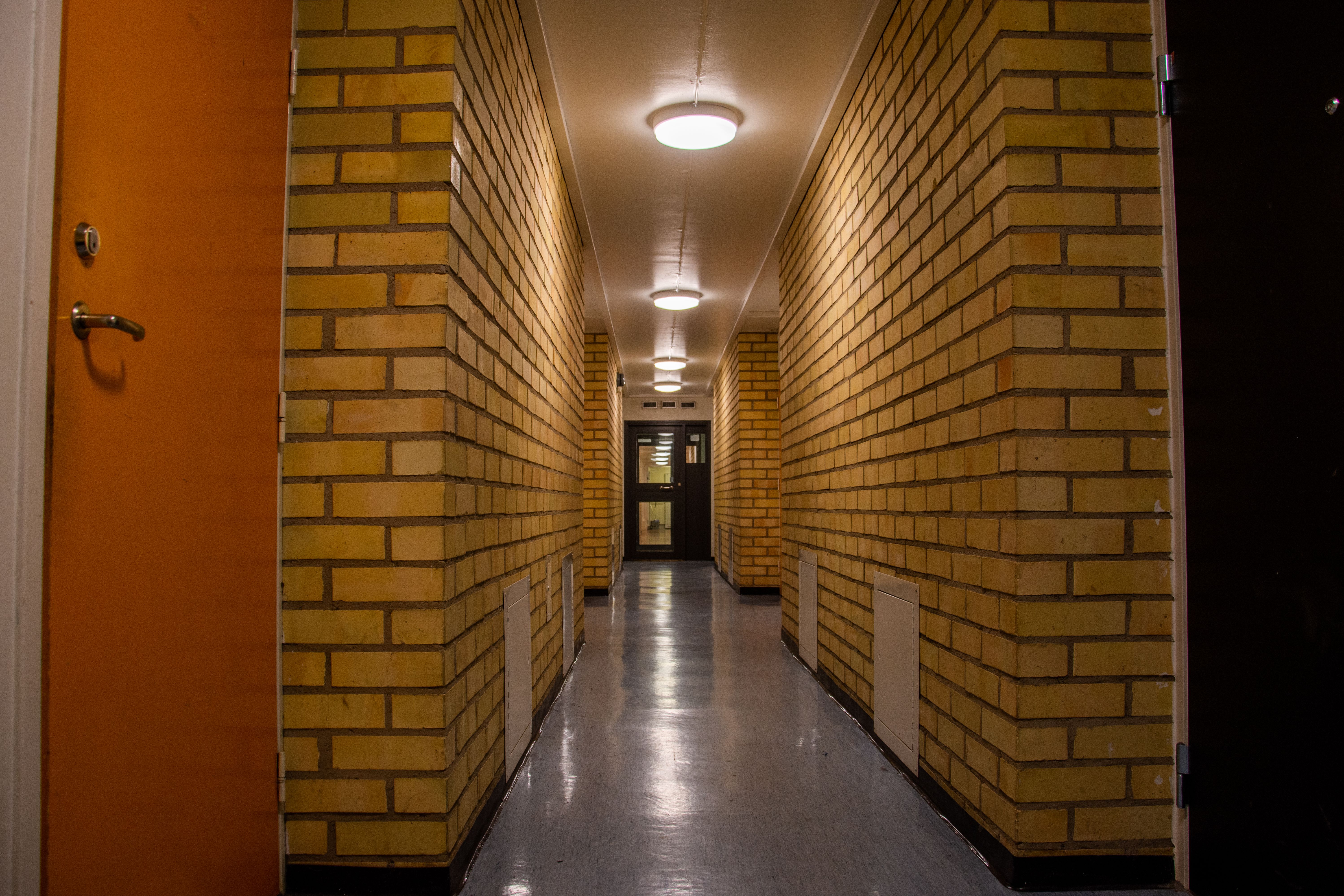Student Housing in Stockholm: Who decides the rent?

Sahar Imtiaz - Authorosqledaren@ths.kth.se

Paul Jacquemard - Photographerosqledaren@ths.kth.se
Finding housing in Stockholm is a mammoth task for any student, but at the same time, another issue is the pricing of accommodation units offered to the students. As an international student at KTH, one has a choice between an accommodation offer from either Stiftelsen Stockholms Studentbostäder (SSSB) or KTH Accommodation, and both have some pros and cons. If you’re a Swedish student, your most preferred option is SSSB!
Getting the housing from SSSB is difficult as a new student since you never have enough credit days in the queue to be eligible for a housing offer, which means KTH Accommodation is your next resort. While the housing offered by KTH Accommodation is furnished, the monthly rent of the housing unit varies quite a lot. We tried to investigate the reasons behind this variation by contacting both SSSB and KTH Accommodation, and also asked opinion from their tenants about how satisfied they are with the rent of their current accommodation.
While the location of the housing unit is a major factor responsible for the rent variation, it also depends on who owns the property. SSSB owns the majority of the housing units it offers to the students, though SSSB is founded by students and is still ‘owned’ by the students, through Stockholm Student Unions, SSCO. KTH Accommodation, on the other hand, is a department within KTH, which operates with state funding and is non-profit. KTH Accommodation leases apartments and rooms from student housing companies and building companies (not from individuals) and then subleases these to the students; thus the amount of available rooms is limited. In terms of money circulation, students pay rent to KTH and KTH pays rent to the property owner, while students pay directly to SSSB for the housing units provided by them.
In terms of pricing, KTH Accommodation’s rent is based on the cost for KTH to rent the room/apartment from the landlord. They also need to include the cost of other bills like electricity, internet, and water charges. New security doors for the rented rooms is sometimes a surplus. They also have a cost of furnishing the rooms and the cost of cleaners which are sometimes necessary to be brought in. Furthermore, administrative costs for housing are included in the monthly rent. This altogether makes a housing unit offered by KTH Accommodation more expensive than the ones offered by SSSB. But despite this difference, KTH Accommodation claims that the government decision to allow universities to sublease student housing does not permit the universities to own housing or make a profit.
Besides the above factors, there is usually a yearly increase in the rent of the housing unit, either offered by SSSB or by KTH Accommodation. For SSSB, this yearly increase is decided by negotiation between SSSB and the Stockholm’s student tenants’ association, called ‘Stockholms Studenthyresgästers Förening’. According to SSSB, this increment is regulated based on the Swedish law which they are obliged to follow, called ‘Bruksvärde’. This increment, however, is not decided on the basis of the demand-supply gap of the housing units owned or managed by SSSB.
KTH Accommodation, on the other hand, reviews the costs for all the available rooms each year and checks if the rent or other bills have become more expensive for KTH and then adjusts accordingly. Similar to SSSB, this yearly adjustment is independent of the demand-supply gap. In general, the rent for housing units offered by KTH Accommodation is a comprehensive package, with all relevant costs included, while for those offered by SSSB, it varies depending on the usage of electricity and water on a monthly basis.
We also conducted a survey among the students who are renting accommodation from either of the above mentioned platforms, to further investigate where the problem lies. A majority of these students have international backgrounds, and are renting from KTH Accommodation the different kinds of housing units ranging from corridor rooms to shared apartments. Most of the students either live on campus or live in the Östermalm area, which is one of the most expensive living areas of Stockholm. These students pay 6000 SEK per month on average for a furnished studio apartment, which is very expensive if compared, for example, to a furnished corridor room from SSSB with a monthly rent of almost 3000 SEK in other areas of Stockholm.
A strange observation was the different pricing of the housing units located next to each other, as a student pointed out, ‘...the rent [is] different for 2 exactly same rooms right beside each other. I wanted to take [an] end corridor room but it was 300 SEK more expensive while having the same utilities’.

Based on all the aforementioned factors, here are a few tips to consider while thinking about the fairness of the housing rent in Stockholm:
- Check which area of Stockholm you are applying for housing; areas very close to KTH main campus have expensive property in general.
- Check if your housing is furnished or unfurnished, and what is included in the monthly rent; the maintenance fee is included for housing offered by KTH Accommodation and hence, is slightly more expensive than the average rent.
- If you are a new-comer, your best bet is to take the offer from KTH Accommodation to avoid any queue, but do register yourself for the SSSB queue. In the long run, this is going to benefit you and save more money!
- For the housing offered by SSSB, check how the rent varies. Usually in areas further away from the main city, the rent is lower and sometimes you need to pay the rent for 10 months only (for a corridor room). The separate billing of electricity and water can also be a plus; you can pay less rent if you are away on vacation :)
Good luck with the housing hunt and may you save more money in future ;)
Publicerad: 2020-04-27


